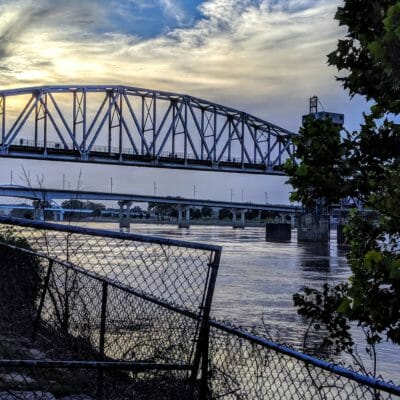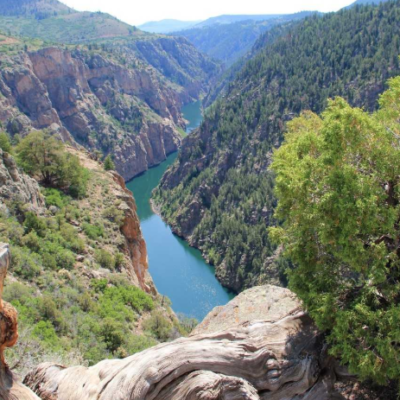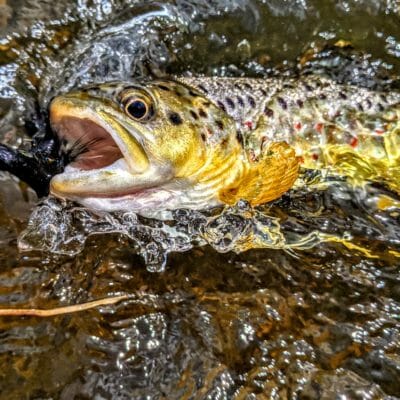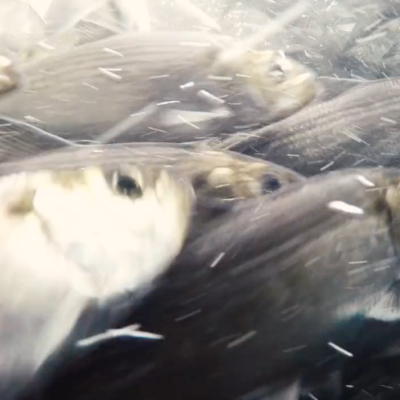I’m in Little Rock, Ark., this week for the Outdoor Writers Association of America conference. Our hotel is situated right on the banks of what looks to be an angry Arkansas River. Years ago, I worked as an editor and reporter for a couple of small newspapers about 1,000 miles away, near the headwaters of…
Anglers should rejoice in the introduction of the CORE Act, particularly if they live or fish in Colorado’s iconic Gunnison Valley. The Curecanti portion of the Act, introduced by Sen. Michael Bennet and Rep. Joe Neguse, would establish permanent boundaries for the current National Recreation Area making management simpler and creating improved fishing access. In 1965, Blue Mesa Dam was completed…
My buddy Dennis is a nuclear engineer. He travels the globe through his job and works with disparate foreign governments who are turning to nuclear power as an alternative to fossil fuels. One of Dennis’ many jobs is to help those governments test various nuclear fuels for efficiency and power production, and to help them…
By Jamie Vaughan Michigan has no shortage of freshwater lakes, rivers and streams, and local environmental groups are always collaborating to come up with creative ways to protect the precious water resources. In western Michigan, partners joined together to create the Grand River Rainscaping Program, which is helping homeowners, landscapers and contractors learn about and incorporate green infrastructure practices…
More than 180 non-native species have been introduced to the Great Lakes region, and many of them have been categorized as invasive, causing potential threat to native ecosystems and their populations. One relative newcomer is causing concerns about its potential risks to the region’s trout streams. The New Zealand mud snail (Potamopyrgus antipodarum) is an aquatic invasive that has appeared in Great Lakes streams only recently. …
If you ever have doubts that ocean-going fish like shad, herring and salmon can recover with just a little help, take a quick look at the video below, produced by the National Fish and Wildlife Foundation. In Maine’s Damariscotta River, in the community of Damariscotta Mills, the restoration of a 200-year-old fish ladder has increased…
Trout Unlimited has received funding from the U.S. Forest Service, through the Great Lakes Restoration Initiative, to plant nearly 17,000 trees along coldwater streams in Michigan. The project, “Reducing Runoff in the Rogue River Watershed,” aims to address stormwater runoff that pollutes, erodes, and warms the important western Michigan trout fishery by planting trees at…








